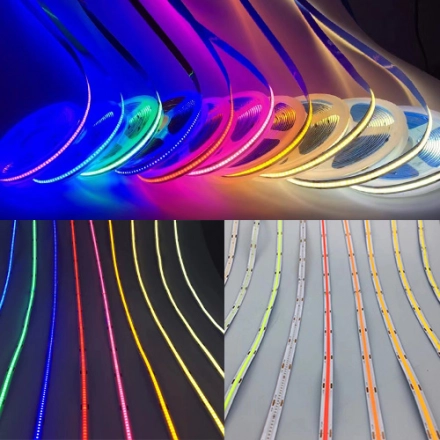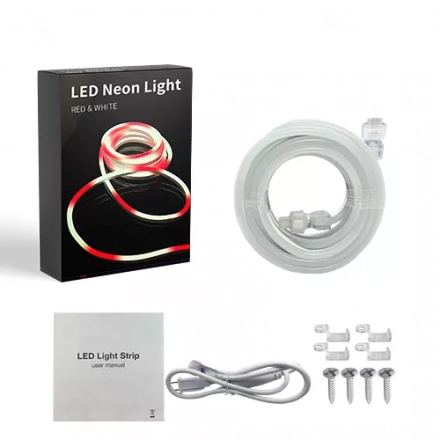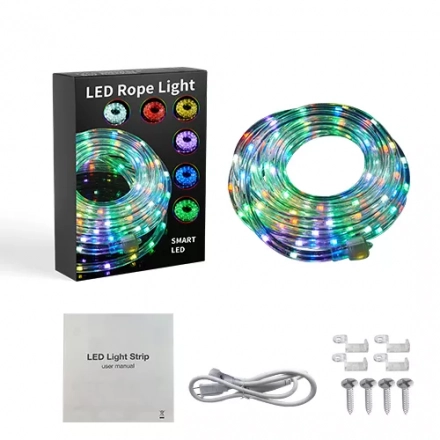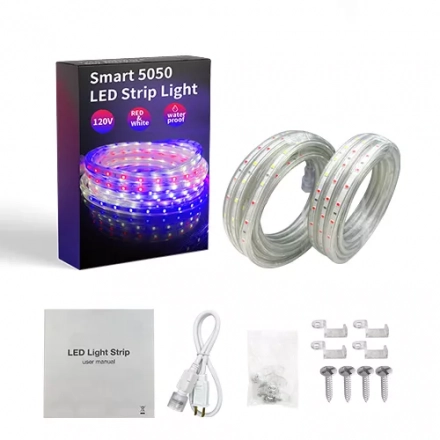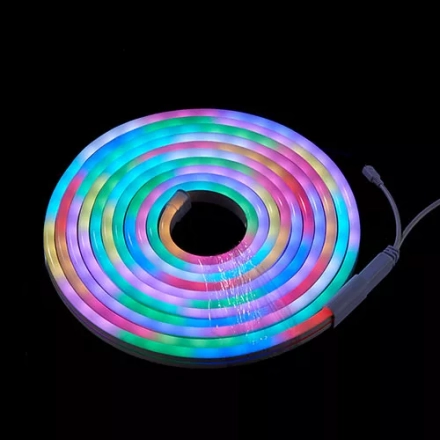An Objective Analysis of the Potential of RGBW LED Strips in Comparison to Neon Flexible Strip Lights
With the rapid advancements in lighting technology, the market has witnessed the emergence of innovative lighting solutions that offer enhanced functionality, versatility, and energy efficiency. One such breakthrough is the RGBW LED strip, which presents itself as a potential alternative to traditional neon flexible strip lights. In this article, we will objectively analyze the possibilities of RGBW LED strips and compare them to neon flexible strip lights, examining their features, applications, and benefits.
Versatility and Color Options:
RGBW LED strips are renowned for their versatility and a wide range of color options they provide. Unlike neon flexible strip lights, which typically emit a single color, RGBW LED strips allow users to create vibrant and dynamic lighting displays by combining red, green, blue, and white LEDs. This versatility enables users to achieve a spectrum of colors, adjustable brightness levels, and even mimic natural lighting conditions. The ability to change colors and adjust lighting effects makes RGBW LED strips suitable for various settings, including home decor, architectural lighting, stage lighting, and creative installations.
Energy Efficiency and Longevity:
In terms of energy efficiency, RGBW LED strips have a clear advantage over neon flexible strip lights. LEDs are known for their low power consumption and high energy efficiency compared to neon lights. RGBW LED strips utilize advanced semiconductor technology, allowing them to produce brighter light while consuming less energy. Additionally, LEDs have a significantly longer lifespan than neon lights, resulting in reduced maintenance costs and a more sustainable lighting solution.
Flexibility and Installation:
Both RGBW LED strips and neon flexible strip lights offer flexibility in terms of installation. However, RGBW LED strips have an edge in terms of convenience and ease of use. LED strips are typically lightweight, flexible, and adhesive-backed, making them simple to install and shape according to specific requirements. In contrast, neon flexible strip lights are relatively bulkier and may require professional installation due to their fragility and intricate wiring.
Durability and Safety:
Durability and safety are crucial considerations when comparing lighting solutions. While neon flexible strip lights are delicate and prone to damage, RGBW LED strips are more robust and resistant to shocks, vibrations, and environmental factors. LED strips are solid-state devices, making them less susceptible to breakage and failure. Furthermore, LED technology operates at lower voltages, reducing the risk of electrical hazards and making them safer for use in various applications.
Conclusion:
In conclusion, the advent of RGBW LED strips has revolutionized the lighting industry by providing a versatile and energy-efficient alternative to neon flexible strip lights. The ability to create dynamic lighting displays, adjust colors and brightness levels, and the inherent advantages of LED technology make RGBW LED strips a preferred choice for a wide range of applications. Whether for home decor, commercial installations, or entertainment purposes, RGBW LED strips offer unmatched versatility, longevity, and convenience. As technology continues to advance, we can expect further improvements in LED lighting, solidifying their position as the future of lighting solutions.

